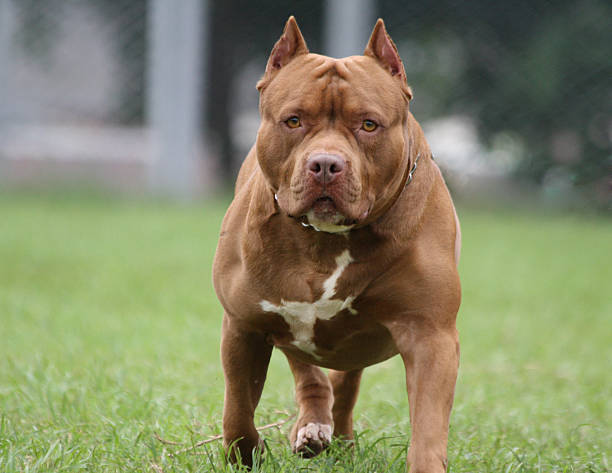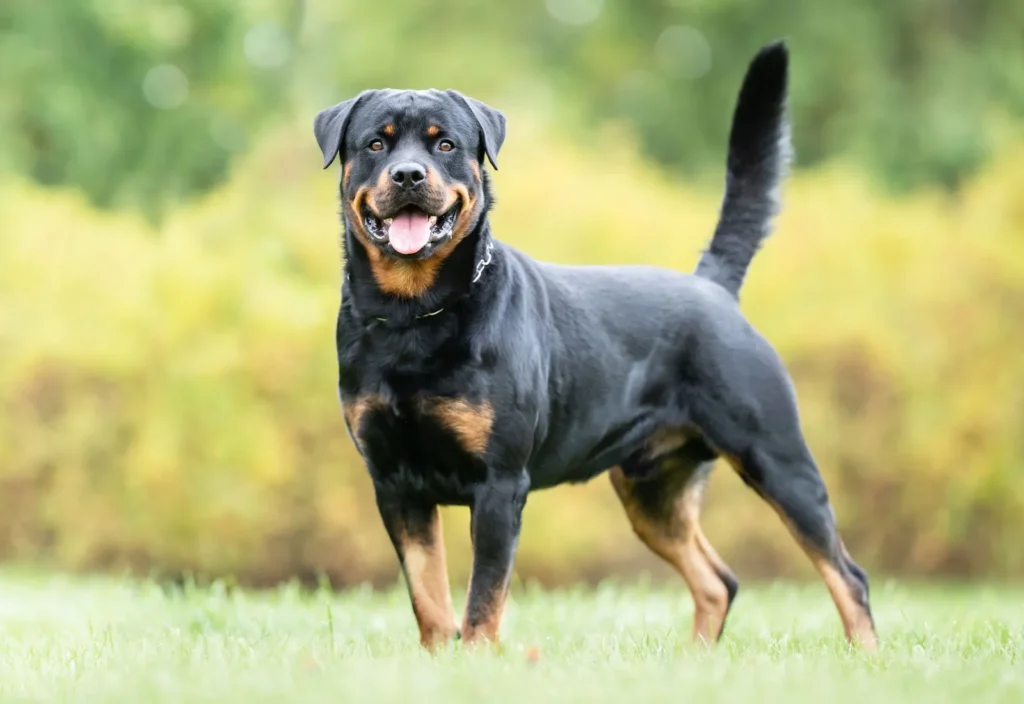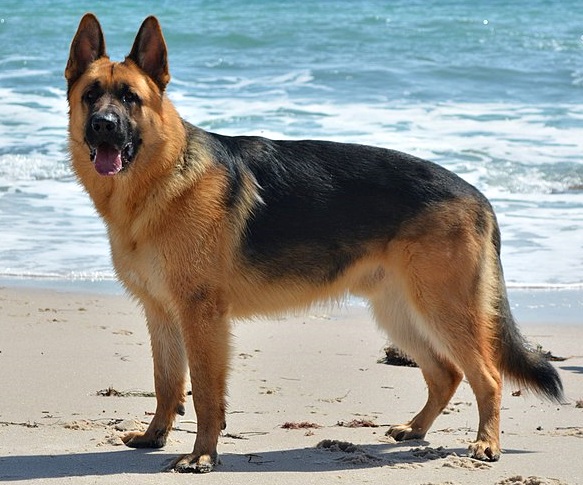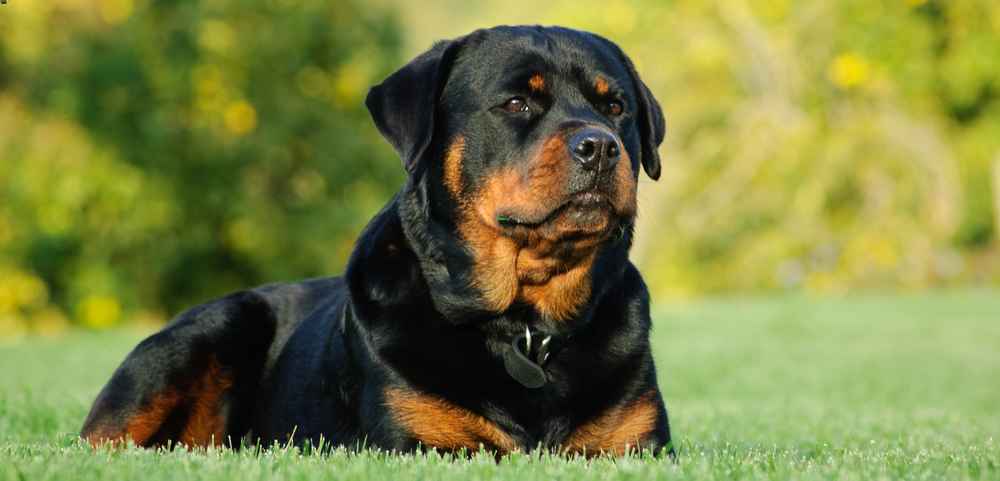Imagine walking down the street, enjoying a peaceful sunset, only to experience the shock of a sudden, unprovoked dog attack. Stories like this grab headlines and fuel fear around certain “dangerous” dog breeds. However, the discussion about aggressive dogs is far more complex than a single news story.
This blog will explore the five most dangerous dog breeds based on bite statistics and behavior, while emphasizing the importance of responsible dog ownership. By the end, you’ll have a deeper understanding of the factors contributing to dog aggression, the myths surrounding certain breeds, and actionable tips to create safer environments for both humans and dogs.
Understanding What Makes a Breed Dangerous
Before jumping into the list, it’s vital to understand what “dangerous” actually means when discussing dog breeds. Is it genetics? Is it the environment a dog is raised in? The reality is a blend of both.
Genetics vs. Environment
Certain breeds were historically bred for specific tasks, such as guarding property or hunting, which may explain their heightened aggression in some contexts. However, environment and upbringing play just as critical a role. Dogs raised in abusive or neglectful circumstances are far more likely to develop aggressive tendencies.
Training and Socialization
A dog’s behavior is greatly influenced by early socialization and consistent training. Dogs who are introduced to different people, settings, and other animals during their formative years tend to be more balanced and predictable in temperament.
The 5 Most Dangerous Dog Breeds
While any dog has the potential to bite, certain breeds have gained attention for their involvement in aggressive incidents. Here’s a closer look at some of the breeds most often featured in such reports.
Pit Bull

- History and Origin
Originally bred for bull-baiting and later as family companions, Pit Bulls are strong and athletic.
- Temperament and Behavior
Pit Bulls are loyal, but without proper training, their strength and determination can lead to dangerous situations. They are often misunderstood due to their portrayal in the media.
- Statistics on Attacks
According to dog bite statistics, Pit Bulls are responsible for the majority of fatal attacks in the U.S. However, these numbers are often skewed due to misidentification of breed.
- Responsible Ownership Tips
Pit Bulls require firm but positive reinforcement training, plenty of exercise, and early socialization. Avoid leaving them unsupervised around unfamiliar pets or people.
Rottweiler

- History and Origin
Rottweilers trace back to Roman times and were bred as herding and guard dogs.
- Temperament and Behavior
Confident and intelligent, Rottweilers can be territorial and protective, which may lead to aggression if not managed properly.
- Statistics on Attacks
Rottweilers rank second in fatal attack statistics but are often praised by advocates for being good family protectors when well-trained.
- Responsible Ownership Tips
Rottweilers thrive with structured training and regular mental stimulation. They do best in homes with experienced dog owners who understand their needs.
German Shepherd

- History and Origin
German Shepherds were originally bred for herding livestock and are now prominent in police and military work.
- Temperament and Behavior
Highly intelligent and trainable, they are protective by nature but can develop aggression if they feel their family is at risk.
- Statistics on Attacks
German Shepherds are a frequent mention in attack reports, usually in cases where they were poorly trained or improperly socialized.
- Responsible Ownership Tips
Focus on obedience training early and provide outlets for their high energy. Regular interaction with people and other dogs helps manage their protective instincts.
Doberman Pinscher

- History and Origin
Dobermans were bred as guard dogs and are known for their sleek, intimidating appearance.
- Temperament and Behavior
Loyal and alert, Dobermans are naturally protective. Without structure, this can sometimes manifest as aggression.
- Statistics on Attacks
While not as frequently involved in fatal attacks as Pit Bulls or Rottweilers, Dobermans have a reputation for reacting defensively in unfamiliar settings.
- Responsible Ownership Tips
Dobermans need firm training, a stimulating environment, and a confident owner who can establish boundaries.
Chow Chow

- History and Origin
An ancient Chinese breed, Chow Chows were originally bred as guard dogs.
- Temperament and Behavior
Often aloof and independent, they can be wary of strangers, which may lead to aggressive reactions.
- Statistics on Attacks
Although not often fatal, Chow Chows are known for their bite strength and involvement in localized bite incidents.
- Responsible Ownership Tips
Socialization from a young age is critical for this breed. Owners should be mindful of their independent streak and reinforce good behavior consistently.
Factors Contributing to Dog Aggression
Lack of Socialization
Dogs that aren’t exposed to various environments, people, and other animals can become fearful or aggressive.
Inadequate Training
Training isn’t optional for dogs, especially powerful breeds. Without it, even the friendliest dog can misinterpret situations.
Abuse and Neglect
Dogs subjected to mistreatment often carry emotional scars that manifest as aggression.
Genetic Predisposition
Some breeds are predisposed to protective or aggressive behaviors, which can intensify without proper management.
What Does Responsible Dog Ownership Look Like?
Whether you adopt a Pit Bull or a Poodle, responsible ownership is critical to raising a well-behaved dog. Here’s how to start:
- Choose the Right Breed
Research breed temperaments and select one that matches your lifestyle and experience level.
- Focus on Socialization
Expose your dog to diverse environments and people, especially in its early months.
- Use Consistent Training Methods
Positive reinforcement training builds trust and encourages good behavior.
- Secure Fencing and Leash Laws
Protect others and your dog by adhering to local leash laws and securing your yard.
- Regular Veterinary Care
Routine health check-ups and vaccinations are crucial for preventing health-related behavioral issues.
The Legal and Insurance Side of Aggressive Dogs
- Breed-Specific Legislation
Certain breeds face bans or restrictions in different regions, so always check your local laws.
- Insurance Implications
Many insurance policies exclude certain breeds from coverage. Ensure your homeowner’s insurance policy accommodates your dog.
- Liability for Dog Bites
You’re legally responsible for your dog’s actions. Training and vigilance are essential to mitigating risks.
Common Myths About Dangerous Breeds
- Myth All Pit Bulls are dangerous.
- Reality With proper socialization, many are affectionate family pets.
- Myth Dogs bite because they’re mean.
- Reality Most bites stem from fear, stress, or perceived threats.
- Myth Size determines aggression.
- Reality Smaller breeds can be just as aggressive but with less physical impact than larger dogs.
Final Thoughts on Responsible Ownership
Dogs of any breed can display aggression if they lack the proper training, care, and socialization. While some breeds require more diligence than others, understanding the root causes of aggression and how to manage them can prevent unnecessary incidents.
Ultimately, owning a dog is a responsibility, not a privilege. If you’re committed to providing a stable, loving environment for your pet, any breed can thrive.
Got a story or question about dog breeds? Share it in the comments or consult a professional trainer to learn more.


